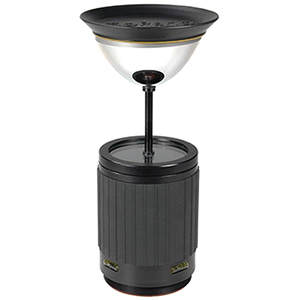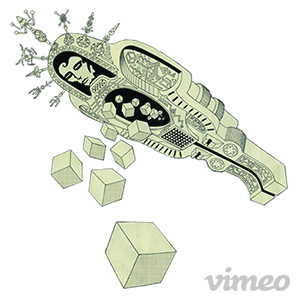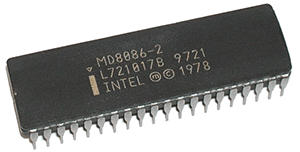A panorama is any wide-angle view or representation of a physical space, whether in painting, drawing, photography, film/video, or a three-dimensional model. The word was originally coined by the Irish painter Robert Barker to describe his panoramic paintings of Edinburgh. Shown on a cylindrical surface and viewed from the inside, they were exhibited in London in 1792. The motion-picture term ‘panning’ is derived from panorama. Panoramic photography eventually came to displace painting as the most common method for creating wide views.
Not long after the introduction of the Daguerreotype in 1839, photographers began assembling multiple images of a view into a single wide image. In the late 19th century, panoramic cameras using curved film holders employed clockwork drives to scan a line image in an arc to create an image over almost 180 degrees. Digital photography of the late twentieth century greatly simplified this assembly process, which is now known as image stitching. Such stitched images may even be fashioned into forms of virtual reality movies, using technologies such as QuickTime VR, Flash, or Java.
Panorama
Omnidirectional Camera
In photography, an omnidirectional camera is a camera with a 360-degree field of view in the horizontal plane, or with a visual field that covers (approximately) the entire sphere. Omnidirectional cameras are important in areas where large visual field coverage is needed, such as in panoramic photography and robotics.
Fantastic Planet
Fantastic Planet is a 1973 animated science fiction film directed by René Laloux, production designed by Roland Topor, written by both of them and animated at Jiří Trnka Studio. The film was an international production between France and Czechoslovakia and was distributed in the United States by Roger Corman. The story is based on the novel ‘Oms en série,’ by the French writer Stefan Wul. The film is chiefly noted for Topor’s surreal imagery.
The film depicts a future in which human beings, known as ‘Oms’ (a play on the French word ‘hommes,’ meaning ‘men’), have been brought by the giant Draags to the Draag home world, where they are kept as pets (with collars). Most Oms are domesticated as pets, but others run wild, and are periodically exterminated. The Draags’ treatment of the Oms is ironically contrasted with their high level of technological and spiritual development. The Draag practice of meditation, whereby they commune psychically with each other and with different species, is shown in transformations of their shape and color.
Birdy Nam Nam
Birdy Nam Nam is a French DJ crew, originally formed to compete in the DMC World DJ Championship. Their self-titled debut album was released in 2006 on Uncivilized World Records and was created entirely on turntables.
In 2009 they released ‘Manual for Successful Rioting,’ an album that found the four programming and playing synths along with their turntables. The group’s name is taken from the 1968 Peter Sellers film ‘The Party,’ directed by Blake Edwards.
x86
x86 refers to a family of instruction sets based on the 8086 CPU, which was launched by Intel in 1978. The architecture has been implemented in processors from Intel, Cyrix, AMD, VIA, and many others, and is still dominant in the microprocessor market. An instruction set is a list of all the instructions that a processor can execute (e.g. add, subtract, move, load, store, etc.). Many additions and extensions have been added to the x86 instruction set over the years, almost consistently with full backward compatibility.
There have been several attempts, also within Intel itself, to break the market dominance of the inelegant x86 architecture that descended directly from the first simple 8-bit microprocessors. But, continuous refinement of x86 microarchitectures, circuitry, and semiconductor manufacturing have made x86 hard to replace. The scalability of x86 chips such as the eight-core Intel Xeon and 12-core AMD Opteron is underlining x86 as an example of how continuous refinement of established industry standards can resist the competition from completely new architectures.







